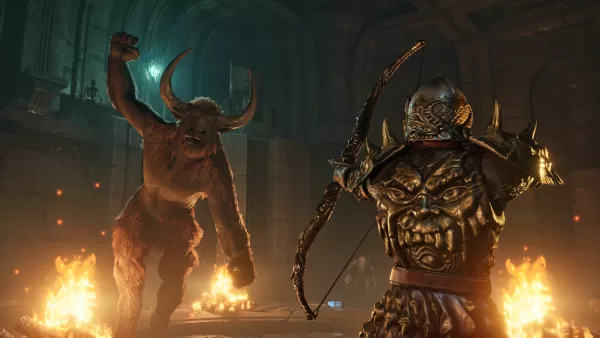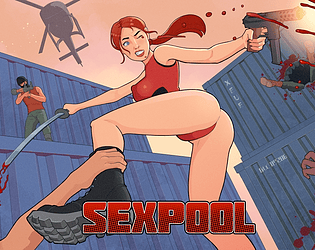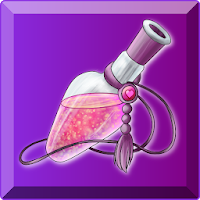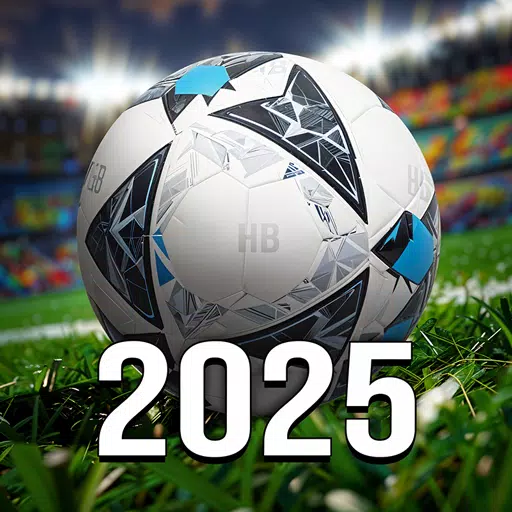When Bethesda unveiled Oblivion Remastered earlier this week, I was astounded. The 2006 journey through Tamriel, once characterized by its quirky potato-faced characters and blurred, low-resolution landscapes, has transformed into the most visually stunning entry in the Elder Scrolls series to date. Having been conditioned by a history of HD remasters that often fall short of expectations—like the Mass Effect Legendary Edition and Dark Souls Remastered, which barely differ from their Xbox 360 counterparts—seeing the Imperial City rendered in Unreal Engine 5 with ray tracing was initially hard to believe. Moreover, the game has been enhanced with improvements to combat, RPG systems, and numerous other details. Given all this, I initially questioned whether Bethesda and Virtuos had misnamed it; surely this was more of an Oblivion Remake than a remaster?
It turns out, I wasn't alone in my confusion. Many fans and even Bruce Nesmith, a senior game designer on the original project, have suggested that the term "remaster" might not fully capture the scope of the changes. However, after spending several hours with the game, it became clear that while Oblivion Remastered may look like a remake, it fundamentally plays like a remaster.
The reason *Oblivion Remastered* appears to be a remake is straightforward: Virtuos has overhauled every single asset from scratch. Everything you see on screen—from trees to swords to crumbling castles—is brand new, meeting modern graphical standards. The textures are beautiful, the lighting is stunning, and a new physics system ensures that every arrow and weapon strike interacts realistically with the game world. While the NPCs remain the familiar faces from 2006, each model has been recreated from the ground up. This ambitious overhaul rejects the notion of simply "looking like you remember" and strives for a visual experience that matches 2025 standards. It's the best a Bethesda Game Studios RPG has ever looked, and had I seen it before the remaster rumors started, I might have mistaken it for *The Elder Scrolls 6*.But it's not just about visuals. Combat has been significantly improved, making wielding a longsword feel more satisfying than the original's balloon-like fencing. The third-person camera now includes a functional reticule, and all menus—from the quest journal to dialogue and minigames—have been updated with refreshed interfaces. The problematic original leveling system has been replaced with a more logical hybrid of Oblivion and Skyrim's approaches, and players can now sprint. With such extensive visual and gameplay enhancements, it's easy to feel like we're in remake territory.
Yet, the key issue lies in the semantics of "remake" and "remaster." There are no clear industry standards, and publishers often use these terms loosely. For instance, Rockstar's "Definitive Edition" remasters of the Grand Theft Auto trilogy still show their PlayStation 2 roots despite upscaled textures and modern lighting. In contrast, the Crash Bandicoot N. Sane Trilogy, also called a remaster, features entirely new graphical assets and looks like a modern game. The situation becomes even more complex with remakes: Shadow of the Colossus and Demon's Souls by Bluepoint are rebuilt from scratch but remain faithful to the originals, while Resident Evil 2 redesigns the gameplay within the original structure. Final Fantasy 7 Remake and Rebirth go further, overhauling design, script, and even story elements. Despite these differences, all are labeled as remakes.
Historically, a game rebuilt from scratch in a modern engine was considered a remake, while a remaster involved more limited upgrades within the original technology. However, this definition is becoming outdated. Today, a remaster might be better described as a graphical overhaul that preserves the original game's design with some quality-of-life improvements, while a remake redesigns the game from the ground up. By this definition, Demon's Souls and the upcoming Metal Gear Solid: Delta might be considered remasters, reserving the "remake" label for games that offer a fresh take on old ideas.
 New lighting, fur, and metallic effects are just the beginning of the changes in Oblivion Remastered. Image credit: Bethesda / Virtuos
New lighting, fur, and metallic effects are just the beginning of the changes in Oblivion Remastered. Image credit: Bethesda / Virtuos
With these definitions in mind, Oblivion Remastered is aptly named. While the new assets and Unreal Engine 5 ray tracing make it look brand new, the underlying structure remains that of the original 2006 game. As Bethesda explained, "We looked at every part and carefully upgraded it. But most of all, we never wanted to change the core. It’s still a game from a previous era and should feel like one."
The hallmarks of that era are evident everywhere. From the loading screens behind every door to the confusing persuasion minigame that, despite its updated interface, still feels disconnected from conversations. The simplistic design of the cities, the awkward movement and dialogue of NPCs, and the still somewhat clunky combat all echo the original game. Even the preserved bugs and glitches add to the charm of the original's quirky nature.
Just a couple of months ago, Obsidian’s Avowed showcased the future of some key Elder Scrolls elements. Its combat feels modern compared to Oblivion Remastered, and its approach to exploration makes Cyrodiil's landscapes seem outdated. However, Oblivion Remastered still offers much in 2025. The magic of its world remains vibrant, with its open fields full of mysteries and oddities. Its ambition, seen in dynamic goblin wars and engaging quest structures, remains impressive even two generations later. Many of its old-school ideas about player freedom feel refreshing in today's more guided gaming landscape. Yet, the finer details of Oblivion are undeniably dated. There's a lack of finesse in its dialogue and elegance in its interconnected systems, and the level design feels ancient. A true remake would have updated these elements, but Oblivion Remastered is about reliving the past.
AnswerSee ResultsVideo games often borrow terminology from other media. In film, remakes are entirely new productions with new casts, crews, scripts, and sets, while remasters enhance existing films to meet modern picture quality standards. Yet, an old film remains an old film; the 4K restorations of Jaws and The Godfather look incredible but are unmistakably from the 1970s. Oblivion Remastered is similar to these restorations. It pushes visual quality to the limits, which, in the more flexible medium of video games, means recreating the "exterior" in a new engine. However, beneath this new exterior, Oblivion is clearly a product of the 2000s. As Alex Murphy, executive producer at Virtuos, aptly put it during the reveal stream: "We think of the Oblivion game engine as the brain and Unreal 5 as the body. The brain drives all the world logic and gameplay and the body brings to life the experience that players have loved for almost 20 years."
Oblivion Remastered is exactly what it claims to be, and this should not diminish its achievements. Rather than insisting it's a remake, we should use it as the benchmark for remasters from other major AAA studios. This is what Mass Effect Legendary Edition should have been, not just a cleaned-up re-release. This is what Grand Theft Auto: The Trilogy should have been, not a cynical cash grab. There's nothing cynical about Oblivion Remastered. It looks like a remake crafted with passion but plays like a remaster preserved with love, and that's exactly how it should be.















